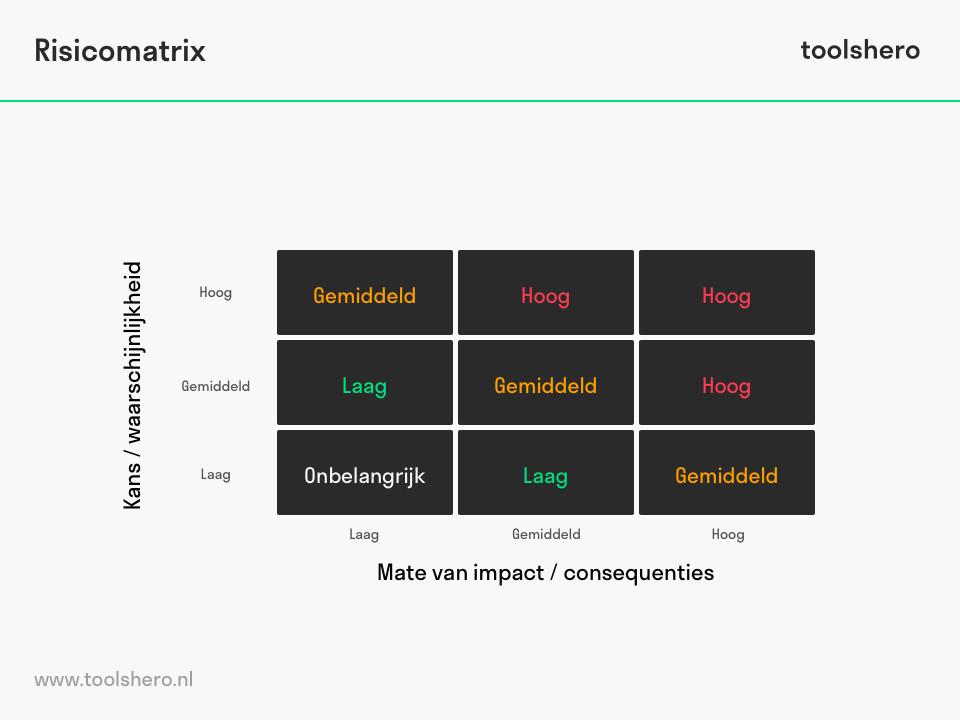

Residual risks are those risks that are accepted and contingency plans are developed.Ĭontingency plans: They describe the specific actions that can be taken if the specific opportunity or threats occur. Residual Risks: There are risks that remain after completion of risk response planning. A decision to accept risk must be communicated to stakeholders. Active acceptance may involve contingency plans to be implemented if the risk occurs and allocation of time and cost reserves to the project. The following section contains PMBOK v5 content and it is not applicable to PMBOK v6.ĪCCEPT: Passive acceptance leaves action to be determined as needed, in case of a risk event. Project Management Plan can be updated by new work activities/packages that could be added, removed, or assigned to different resources, thus, making planning an iterative process. Risk register, project management plans and project documents need to be updated as outputs of Plan Risk Responses.

Whenever the project manager is responding to threats or opportunities:Įxecution of strategies must be time-boundĮffort selected must be appropriate to the severity of the riskĪ single response can be an act of multiple risk eventsĪ strategy can be selected not only by the project manager but also by the team, the stakeholders and experts A decision to accept risk must be communicated to stakeholders.ĮSCALATE: Risks which cannot be monitored and handled by the project are escalated to the upper level, for example to program management.

Active acceptance may involve contingency plans to be implemented if risk occurs and allocation of time and cost reserves to the project. SHARE: Allocate ownership of opportunity to a third-partyĪ response strategy for BOTH threats and opportunities:ĪCCEPT: Passive acceptance leaves action to be determined as needed, in case of a risk event. The choices of response strategies for OPPORTUNITIES include:ĮXPLOIT: Add work or change the project to make sure the opportunity occursĮNHANCE: Increase the probability and positive impact of risk events Insurance purchases, warranties, guarantees, etc are examples of risk transfers TRANSFER: Transfer the risk to some other party. MITIGATE: There are certain risks that cannot be eliminated. The choices of response strategies for THREATS include:ĪVOID: Focus on eliminating the cause and thus, eliminating the threat. Qualitative risk, quantitative risk, and risk response planning do not end ones you begin work on the project. A project manager should review risk throughout the project. It is not required to eliminate all the risks of the project due to resource and time constraints. Likewise, the project manager is also responsible to decrease the probability and impact of threats and increase the probability and impact of opportunities.įor the threats that cannot be mitigated, the project manager needs to have a robust contingency plan and also a response plan if contingencies do not work. Similarly, the project managers should work to ensure that opportunities occur. Project managers should work to eliminate the threats before they occur. The risk response planning involves determining ways to reduce or eliminate any threats to the project, and also the opportunities to increase their impact.


 0 kommentar(er)
0 kommentar(er)
